Lemongrass essential oil is one of the most popular essential oils sold around the world. Its uses include everything from cooking and cosmetics to cleaning products and medicinal applications for the treatment of sore muscles, acne, brain fog, and varicose veins.
Its rich and robust aroma elevates the mood and promotes emotional stability while also sharpening mental clarity and boosting drive when you feel sluggish and unmotivated.
It’s certainly one of the best essential oils to have on hand for repelling insects and other pests.
However you decide to use lemongrass essential oil, it’s sure to bring balance and radiant energy into your life!
Lemongrass Essential Oil - Benefits, Properties, and Uses!
Botanical Name
West Indian: Cymbopogon citratus
East Indian: Cymbopogon flexuosus
Botanical Family
Gramineae or Poaceae (grasses)
Synonyms
C. citratus is commonly known as West Indian lemongrass or Guatemala lemongrass while C. flexuosus is commonly known as East Indian lemongrass, Cochin lemongrass, or native lemongrass.
Botany and Origins
Lemongrass essential oil is produced from two very different species of Cymbopogon – C. citratus and C. flexuosus which are both tufted grasses. The thick fibrous stems used to make the essential oil grow in numerous quantities from rhizomes in the ground.
C. citratus is believed to be native to Sri Lanka and is widely cultivated around the world while C. fluxuosus is a native of India, Cambodia, Vietnam, Laos, Sri Lanka, Burma, and Thailand.
India is the main producer of C. fluxuosus and produces over 80% of the worlds lemongrass essential oil.
Method of Extraction
Both C. citratus and C. flexuosus are steam distilled from the fresh or partly dried leaves to produce lemongrass essential oil.
Lemongrass Essential Oil Characteristics
Lemongrass essential oil is a yellow, transparent, or sometimes amber-colored liquid that can be quite mobile to slightly viscous in texture.
Both types of lemongrass essential oil exhibit a very strong, grassy and refreshing scent with herbaceous and citrusy notes.
C. citratus typically has an earthy undertone reminiscent of citronella essential oil while C. flexuosus has a sweeter, fresh, and intensely lemon-like aroma.
For this reason, C. flexuosus is preferred in the perfume industry.
Lemongrass Essential Oil Benefits and Uses
If you have ever wondered how to use lemongrass essential oil, what lemongrass essential oil is good for, or what does lemongrass essential oil do for our health and well- being, then keep on reading!
I’ve got everything you need to know about this exotic essential oil listed below.
Historical and Traditional Uses
Lemongrass has long been used as a delicious culinary ingredient to add tang and flavor to various soups and beverages throughout China, India, Thailand, and other Southeast Asian countries.
Also known as “Fever Grass”, it was often used medicinally as a treatment for fever and diarrhea by steeping stalks of lemongrass in hot water to make a strong tea. This tea was also used to soothe stomach aches, heal skin infections, and treat menstrual irregularity.
In Cuba and the Caribbean, lemongrass is used to treat high blood pressure and digestive complaints.
In 1905, a Sri Lankan researcher by the name of J.F. Jovita acquired several lemongrass plants while in South India where he began testing and researching the potential uses and benefits of lemongrass and lemongrass essential oil.
By 1947, lemongrass became a popular cultivar in Florida and Haiti where it quickly gained popularity.
Thanks to J.F. Jovita’s research, lemongrass has become one of the most popular essential oils in the world renowned for its multitude of uses both in cooking and therapeutically.
French Medicinal Uses
In French aromatherapy, lemongrass essential oil was used for:
- Bladder infection (cystitis)
- Connective tissue regeneration
- Digestive system support
- Edema
- Fluid retention
- Kidney disorders
- Lymphatic drainage
- Parasympathetic nervous system regulation
- Varicose veins
- Vascular wall support
Other Possible Uses for Lemongrass Essential Oil
Lemongrass essential oil can help improve circulation, digestive health, eyesight, reduce fever, clear up various infections, reduce flatulence, repair connective tissues, soothe sore throat, boost immunity, and alleviate sore muscles.
Chemical Composition
C. citratus
- Myrcene – 8.2-19.2%
- Limonene – trace amounts
- Linalool – 0.8-1.1%
- Citronella – 0.1%
- Geranyl acetate – 1%
- Nerol – 0.3-0.4%
- Geraniol – 0.5-0.4%
- Neral – 25-28%
- Geranial – 45.2-55.9%
- Citronellol – 0.1%
C. fluxuosus
- Myrcene – 0.46%
- Limonene – 2.42%
- Linalool – 1.34%
- Citronella – 0.37%
- Geranyl acetate – 1.95%
- Nerol – 0.39%
- Geraniol – 3.80%
- Neral – 30.6%
- Geranial – 51.91%
- Citronellol - 0.44%
The Aromatic Influence of Lemongrass Essential Oil
Note
Top note (5-20% of a blend)
Scent
lemongrass essential oil has a grassy, pungent, earthy, and intensely fresh lemon-like and herbaceous aroma. It is often described as a refreshing and calming scent.
Intensity
4
Therapeutic Action
Lemongrass essential oil is known to be:
- Analgesic - alleviates pain
- Antibacterial - kills bacteria
- Antidepressant - reduces symptoms and severity of depression
- Antifungal - kills and inhibits the growth of fungus
- Antimicrobial - an agent that kills microorganisms or stops their growth
- Antiseptic - kills germs and bacteria
- Astringent - tightens and tones the skin and soft tissues
- Carminative - relieves gas and bloating
- Deodorant - reduces odor
- Febrifuge - helps reduce fever
- Galactagogue - increases milk supply
- Insecticidal - repels insects
- Nervine - eases nervous afflictions
- Sedative - promotes calm and induces sleep
- Tonic - promotes health and strengthens the immune system
Blend Classification
Enhancer and equalizer
Lemongrass Essential Oil Blends Well With
- Basil
- Bergamot
- Black pepper
- Cedarwood
- Citronella
- Clary Sage
- Coriander
- Cypress
- Eucalyptus
- Fennel
- Geranium
- Ginger
- Grapefruit
- Jasmine
- Juniper
- Lavender
- Lemon
- Lime
- Marjoram
- Neroli
- Niaouli
- Palmarosa
- Patchouli
- Pine
- Rosemary
- Sweet orange
- Tea tree
- Thyme
- Vetiver
- Yarrow
- Ylang ylang
Indications of Lemongrass Essential Oil
Both types of lemongrass essential exhibit extraordinary antifungal and antimicrobial properties due to their citral and citronellal content.
One study found that C. citratus is able to offer almost complete protection against malaria-carrying mosquitos when used as a repellent.
Anti-inflammatory
Due to its limonene content, lemongrass essential oil is an excellent anti-inflammatory that is known to improve the symptoms associated with arthritis, aches and pains, tense and sore muscles, and sports injuries while simultaneously improving nutrient blood flow to those areas.
Antiseptic
Lemongrass essential oil is known to be an especially potent antiseptic and is, therefore, an excellent oil to use in a diffuser during cold and flu season to disinfect the air and is one of the most popular lemongrass essential oil uses.
Boosts Immunity
Aside from its ability to kill off airborne bacteria and viruses that may get us sick, lemongrass essential oil itself is also very supportive when it comes to immunity. The best way to reap these benefits is to diffuse a few drops of the essential oil so that it can enter the body through inhalation where it will then help reduce pro-inflammatory cytokines that are known to contribute to illness.
Digestive System
When diluted and applied topically over the abdomen, lemongrass essential oil can stimulate stagnant digestion, reduce gas and bloating, and alleviate symptoms of colitis and gastroenteritis.
It’s also very soothing for menstrual or digestive cramping.
Musculoskeletal System
If you’re dealing with connective tissue damage like carpal tunnel, tendonitis, or torn ligaments, lemongrass essential oil is the one to reach for. It has the ability to tighten and strengthen elastic fibers within and beneath the skin. This is why lemongrass is often recommended for the treatment of bruises, strains, sprains, dislocations, and sports injuries.
Nervous System
The scent of lemongrass is known to help hone logical thinking, mental clarity, and concentration. It is also an emotionally uplifting and energizing oil when diffused, used in a personal nasal inhaler, or smelled from the bottle.
It is also known to help reduce feelings of anxiety when smelled.
Skin Care
The astringent properties of lemongrass essential oil make it perfect for tightening and toning the skin. Its vascular strengthening properties also help mitigate the effects and appearance of varicose veins.
Lemongrass essential oil can also be diluted and added to unscented lotion or aloe vera gel and used as an effective insect repellent.
Personality Profile
Lemongrass is said to suit those who have difficulty getting started for the day in the morning due to its energizing properties and ability to make you feel limitless.
Method of Administration
Topical
- Massage
- As a compress
- In skin care recipes
Inhalation
- Diffused
- Oil vaporizer
Safety
Lemongrass essential oil is considered non-toxic, however, it is an extremely powerful oil and is known to cause irritation or sensitization to the skin if it is not properly diluted.
Lemongrass essential oil should not be used while pregnant as there is a slight chance it can encourage miscarriage.
Not to be used for children under 2 years old.
Essential Oil Recipes Using Lemongrass Essential Oil
Emotional Balance Blend
In a diffuser, mix 2 drops each of lemongrass, cedarwood, and lavender essential oil. Diffuse 2-3 times daily during times of emotional distress.
Healthy Circulation Lotion
Add 3-4 drops of lemongrass essential oil to 1 oz of unscented lotion and apply it over areas of stagnation like the thighs or calve muscles 1-2 times daily.
Sweet Sleep Pillow Spray
In a 1 oz spritzer bottle, add 4 drops lemongrass essential oil, two drops sweet orange essential oil, and 6 drops lavender essential oil.
Spray a fine mist over pillows and linens before bedtime to help induce restful sleep.
Sore Muscle Rub
Add 4 drops of lemongrass essential oil, 2 drops of wintergreen essential oil, and 2 drops of marjoram essential oil to 1 oz of carrier oil. Massage into stiff joints and sore or tight muscles for quick relief.
Resources
Complete Aromatherapy Handbook
Essential Oil Safety
The Complete Guide to Aromatherapy
The Encyclopedia of Essential Oils
What have been your favorite uses for lemongrass essential oil? Please share in the comments below!
You may also enjoy reading:
The Therapeutic Properties & Benefits of Cinnamon Essential Oil
The Benefits and Properties of Bay Laurel Essential Oil
The Benefits and Properties of Cardamom Essential Oil
Tom Kha Gai and The Healing Power of Lemongrass

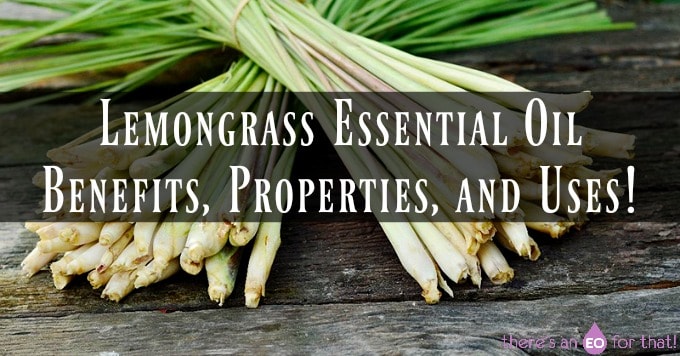
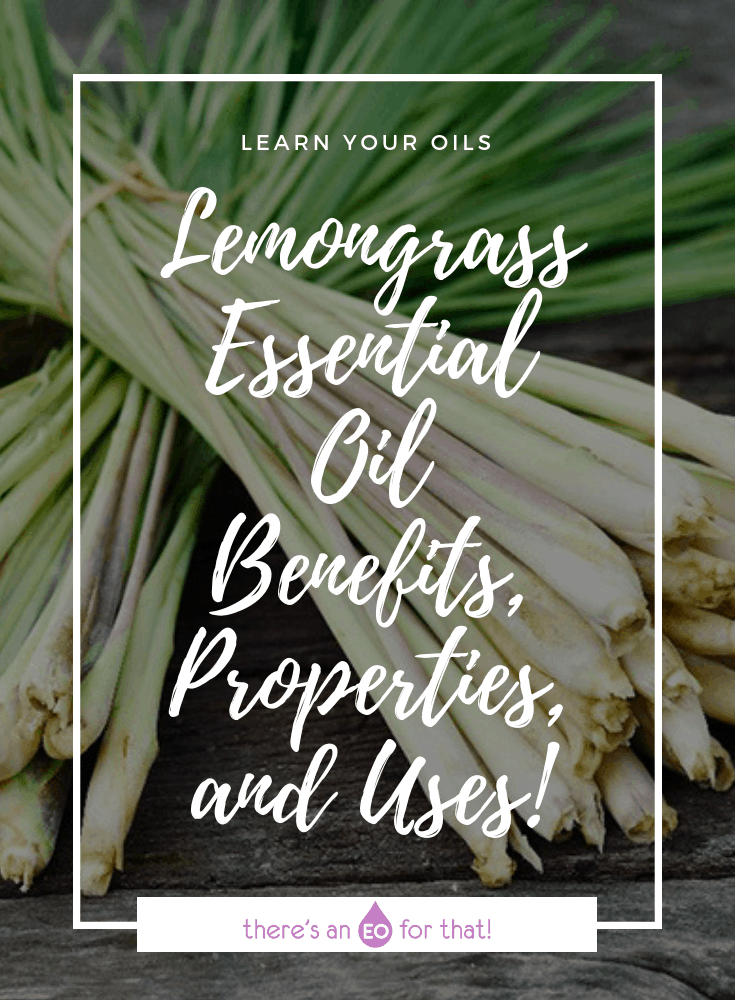
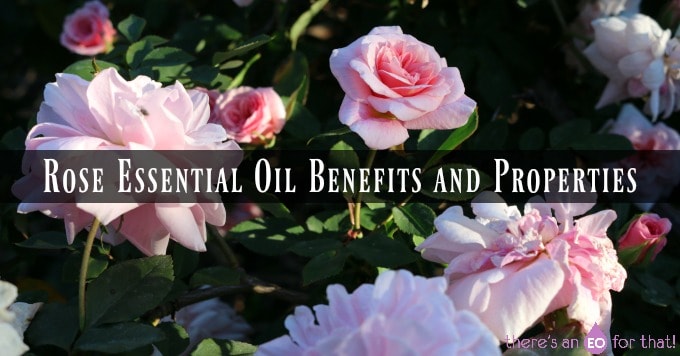
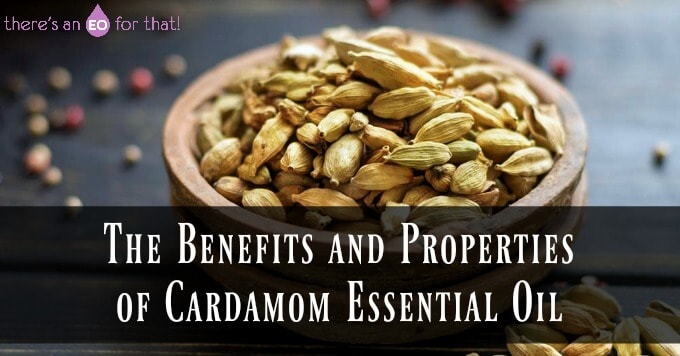
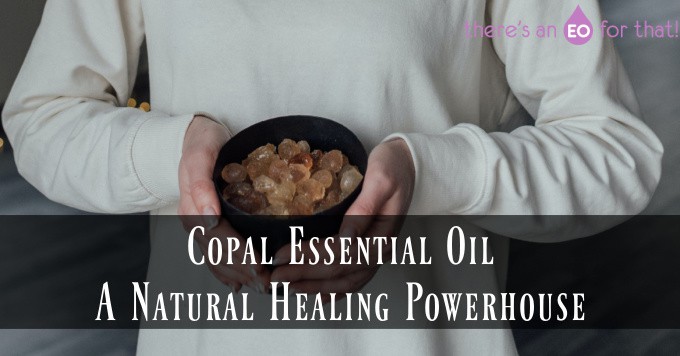
Leave a Reply